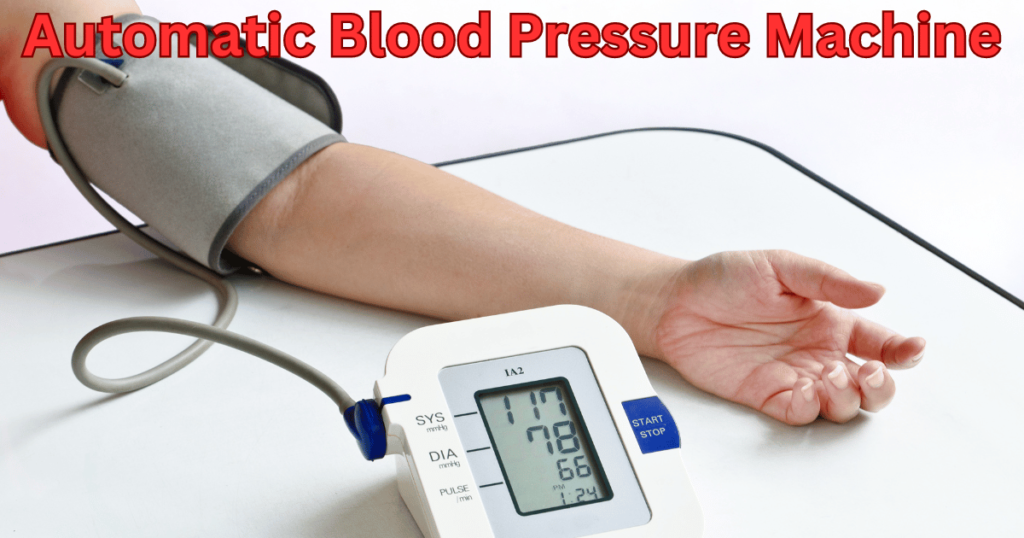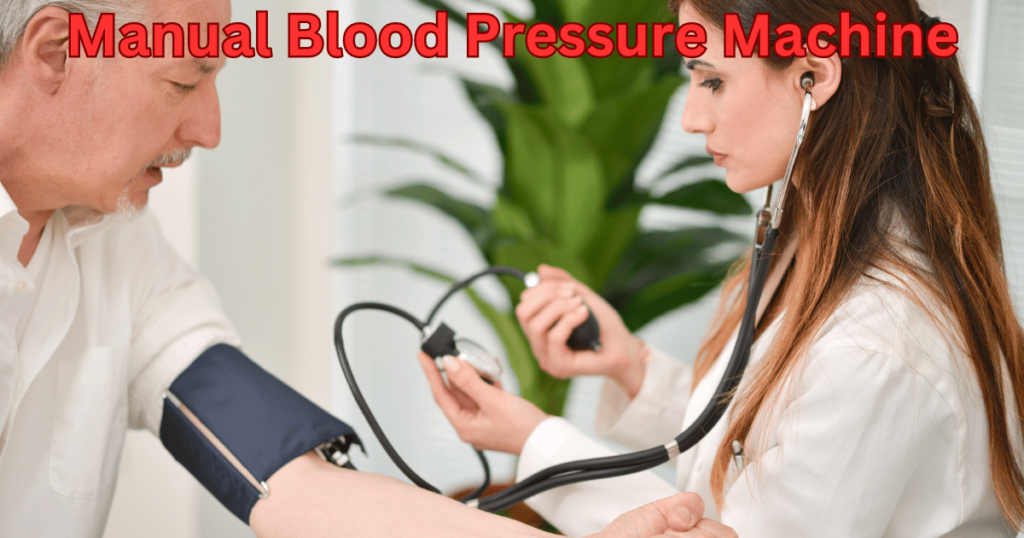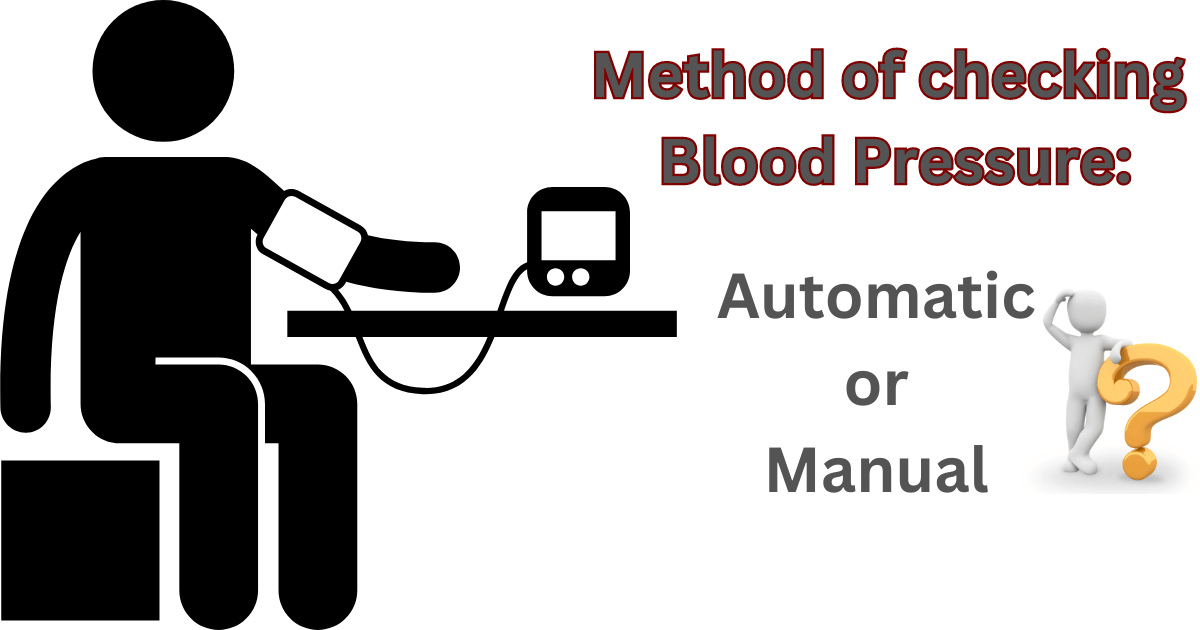Table of Contents
Your blood pressure reflects your heart’s work to supply blood through your arteries. If your arteries’ diameter has decreased due to atherosclerosis, there will be more pressure on your heart, which means the workload will increase.
Due to prolonged high blood pressure, vital organs such as the brain, kidneys, and heart are badly affected. That is why it is important to treat it in time. That is why we should keep checking blood pressure from time to time. Therefore, it is advisable that you keep checking your blood pressure at home, especially after 35 years. Blood pressure, an important indicator of your body, should be checked regularly.
The easiest way to measure blood pressure is to check it with an automatic blood pressure machine. These machines are available on Amazon or any online shopping app, or you can buy them from any nearby medical store. They are made for the common man, and it is very easy to measure blood pressure with them.
When we check with a blood pressure machine, we get two readings called systolic blood pressure and diastolic blood pressure.
Systolic blood pressure
The first reading, systolic blood pressure, tells us about the pressure inside the arteries when the heart contracts to push blood through them.
Diastolic blood pressure
The second reading, or the lower reading, is called diastolic blood pressure. This is the pressure in the arteries when our heart relaxes or between two heartbeats.
When you take a blood pressure reading, your BP is 140/90. This means that your systolic blood pressure is 140 mm of Hg, and your diastolic blood pressure is 90 mm of Hg.
Normal blood pressure is 120/80 mm of Hg. If you are under stress while measuring blood pressure or when you go to the hospital and after seeing the doctor or paramedical staff you get nervous or stressed, then even at this time your blood pressure can be high, which we call white coat syndrome. That is why it is essential to check your blood pressure regularly for a few days before putting it in the category of high blood pressure.
In most cases, high blood pressure is caused by plaque buildup in the arteries, which we call atherosclerosis. As the diameter of the arteries decreases, the heart has to work harder to pump blood to the organs.
If your blood pressure is high, you should consult a nearby doctor. It is advisable to determine whether the blood pressure is due to primary hypertension or secondary hypertension before taking any medicine. The doctor may also advise the patient when to measure the blood pressure. Most doctors prefer to check the blood pressure in the morning, right after getting up from bed.
Method of checking blood pressure with automatic blood pressure machine

- First of all, sit comfortably on a chair and place your hand on the table so that the palm is facing upwards.
- Place the cuff of the automatic blood pressure machine around the arm and tighten it so that there is no more than a finger’s space between your patient’s arm and the cuff
- Check the battery of the automatic blood pressure machine
- Press the button on the automatic blood pressure machine, and after a while, it will give you the reading
- Always take two readings from an automatic blood pressure machine to ensure that the machine is working correctly and giving the correct reading
- Take your automatic blood pressure machine to your doctor and confirm as there is a difference in the readings of manual blood pressure machines and automatic blood pressure machines
Method of measuring blood pressure with manual blood pressure machine

- First of all, sit comfortably on a chair and place your hand on the table so that the palm is facing upwards.
- Place the cuff of the manual blood pressure machine around the arm and tighten it so that there is no more than a finger’s space between your patient’s arm and the cuff.
- Check the cuff size, as cuffs come in different sizes for adults and children.
- Place the cuff around the arm, making sure the cuff is placed over the biceps muscle and the inside of the arm.
- Then, place the flat surface of the stethoscope on the inside of the crease of the elbow.
- Press the inflated balloon of the sphygmomanometer so that the pressure inside the cuff is at least 20-30 mmHg higher than the patient’s blood pressure. Then, slowly reduce the pressure, monitor the blood pressure reading, and try to hear the first sound. The first sound is the systolic blood pressure.
- Keep listening to the sound as the pressure decreases by 2 mmHg per second. The last sound you hear is the diastolic blood pressure.
- For accurate blood pressure measurement, calibrate the blood pressure machine from your nearest hospital or medical clinic.
Hypertension
| Category | Systolic (mm Hg) | Diastolic (mm Hg) |
| Normal | Less than 120 | Less than 80 |
| Increased Blood Pressure | 120 to 129 | Less than 80 |
| Stage 1 Hypertension | 130 to 139 | 80 to 89 |
| Stage 2 Hypertension | Greater than 140 | Greater than 90 |
| Hypertensive Emergency | Greater than 180 | Greater than 120 |
Disclaimer: This blog post was written by a doctor, but you are still advised to go to a nearby clinic, understand the correct method of measuring blood pressure, and get your blood pressure machine calibrated with the clinic’s blood pressure machine. This blog post is written for your information.

